Light is of great importance for any plants. It is with its help that photosynthesis takes place. Houseplants usually get enough natural sunlight, but this is not always the case. If the flower does not feel well, then an additional source is required. Plant grow lights stimulate growth and maintain a positive atmosphere. Their types and use are described in the article.
Features
For any plant, sunlight is much better in its homeland. But flowers are often grown in conditions far from native. They are not adapted to the local light day, temperature, change of seasons. Especially many difficulties appear in winter, since many flowers come from tropical countries.
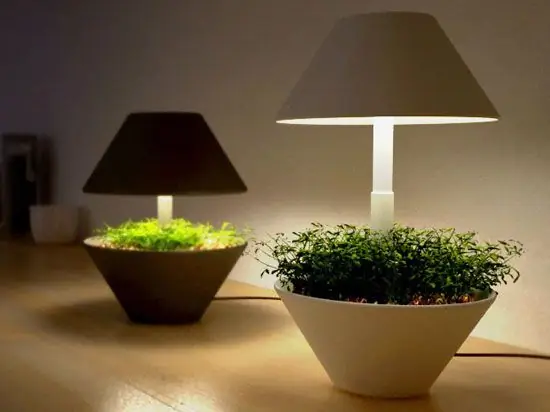
Better lighting
With a lack of light, the entire metabolism of plants slows down, photosynthesis is slow. Because ofthis causes "hibernation" and the death of the flower. What are the best grow lights to use? A few years ago you could use:
- fluorescent lamps;
- incandescent bulbs.
There was no other way of lighting. But standard incandescent lamps are not very suitable for plants, since their light differs markedly from the rays of the sun. In addition, they emit more heat than light: up to 95% of the energy is spent on heating.
Nuances
Fluorescent lamps perform their task much better, the illumination of which is similar to that of the sun. For this reason they are called fluorescent lamps. With them, electricity is saved, since the lighting power is higher, and heat costs are lower. Therefore, the flower receives more light.
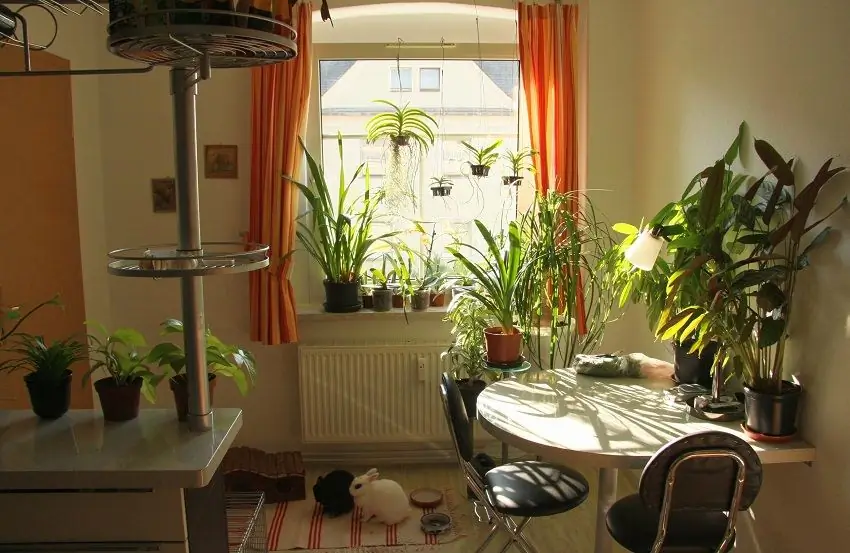
Thanks to modern technology, the life of home flora is simplified. It is able to influence the growth and flowering. The plant blooms earlier and in greater volume with the right selection of lighting. But the choice is much wider compared to the beginning of the century, so it's quite difficult to decide.
Other subtleties
A feature of all lamps for plant growth is the selected radiation spectrum, which has a positive effect on the flower. It was found that the rays of the red spectrum bring flowering closer and help to collect fruits earlier, while the blue ones can accelerate growth. These fixtures are not capable of emitting infrared or UV rays, which have a negative effect on plants.
Usually these 2 typesradiation occurs in one device, but they can be separate. Red phytolamps are perceived by a person as pink, it is desirable to use them during flowering and fruit formation. Blue is used at all stages of development. Which lamps to use to illuminate plants is described below.
Incandescent lamps
A few years ago, they were the only available way of lighting. And now it is considered not the best. Lamps have an affordable price, but they have no other advantages. They serve for a short time. They can also be harmful - if you install them very close to the foliage, a burn may occur. In addition, they lack the blue spectrum of light waves necessary for colors.
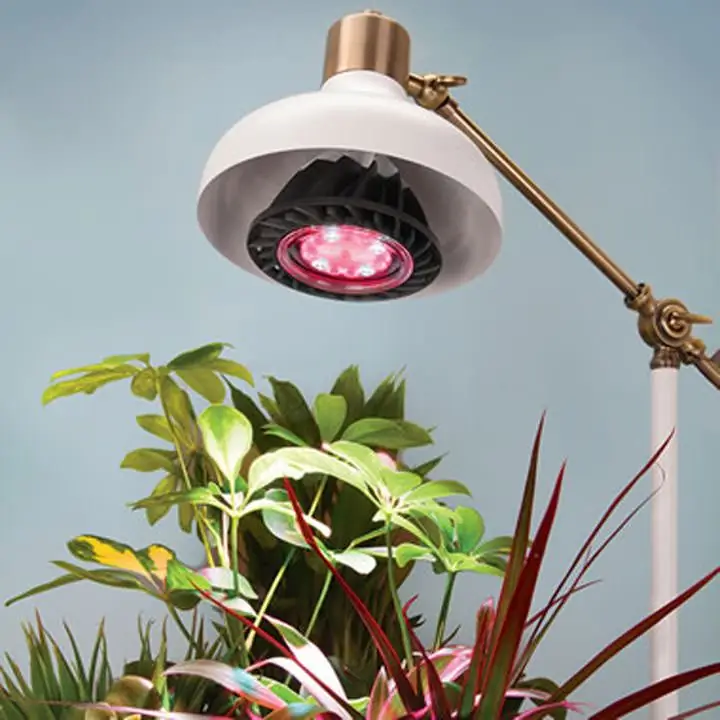
Such plant lighting lamps have a narrow scope. They can be used during the cold period in winter gardens and greenhouses in the evenings. This method is suitable only for the southern regions, where daylight hours in winter are already long, but it gets dark in the evening.
This lighting option is suitable for vines with long stems and plants with short stems and long leaves. It is desirable to combine this source with cold glow lamps. This dilutes their red spectrum and provides the desired radiation range for seedlings.
Fluorescent
These plant lighting lamps combine an excellent balance of power consumption and light output. They practically do not heat up, and most of the electricity spent is spent on generating light. Therefore, they are more economical than incandescent lamps.
More such a source is suitable for highlighting large spaces that are occupied by flowers. Because it is large. You can’t install it on the windowsill - a lot of space will be taken up, but this option is ideal for a home greenhouse. There are also special designs with designated places for installing pots and a lamp on top.
It is better not to illuminate plants with ordinary fluorescent lamps. They are not designed to produce certain wave spectra and therefore practically do not transmit red radiation. Therefore, it is advisable to choose special lamps for illuminating indoor plants. They are treated with a special composition, with the help of which harmful rays are restrained and let through those that are required by seedlings, in the right proportions.
Energy saving
Energy-saving light bulbs are considered a type of fluorescent, but are more compact. They look like ordinary incandescent lamps, so they are screwed into a standard cartridge, and fluorescent ones require a special choke. This light source serves much more - up to 15 thousand hours.
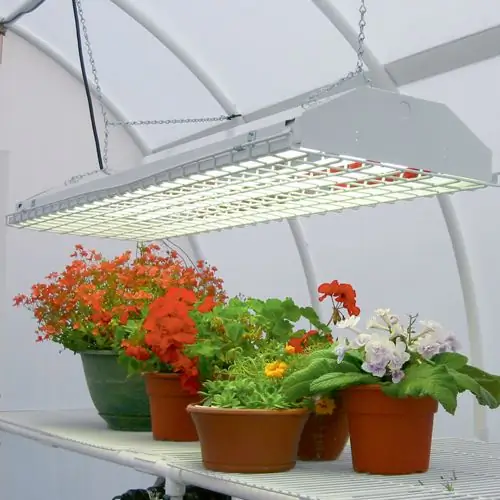
This option is suitable for local lighting: it is compact and can be installed above the pot even in narrow spaces. It is advisable to choose them for non-flowering plants, since their spectrum has a lot of blue and little red. This also applies to standard "household" energy-saving light bulbs. Phytolamps of this type are:
- "Cold". Usually they emit rays of the blue part of the spectrum. It's better to use themduring active growth. These grow lights can speed up seed germination and plant development.
- "Warm". They emit a red spectrum. Suitable for lighting during flowering and fruiting.
- "Daily". They combine 2 types of rays and can be used at different stages of plant development. Used as the main or additional source of illumination.
Gas Discharge
Not all of these indoor plant lights can be used. It is better not to choose mercury, because in their light there may be more red rays, and very little blue. In addition, they consume a lot of energy compared to fluorescent.
Sodium lamps are used to illuminate plants at home. This is the best option out of the above. It serves for a long time (up to 20 hours of operation), efficient (illumination with 1 bulb of a space 1.5 meters long), economical in terms of energy consumption. This source emits red and orange light, but if you choose an option with a sufficient number of blue waves, it will be ideal for backlighting.
Usually, these bulbs are chosen for winter gardens as the main ones. Even the presence of 1 sodium lamp on the ceiling can cover a large area. Under the light of these bulbs, the seedlings may appear a little pale and sickly, so it is important to consider that this is only a visual effect.
Home plant lights are more suitable for the reproductive stage of development. Of course, you can use them in the early stages, but this canpositive effect on flowers: they grow faster, but the foliage will be spreading.
But sodium bulbs also have disadvantages. They take up more space, their price is quite high. In addition, special disposal is required, since they contain sodium, xenon and mercury vapors.
Metal halide light bulbs are efficient and more like natural light. This feature is associated with the white light that is emitted. The spectrum of rays can change, so it is possible to select the most suitable device. These light bulbs cost a lot, but are considered durable and help provide natural-like conditions.
LED Lighting Sources
Which LED bulbs are best for plant lighting? They are divided into 3 types:
- Bicolor.
- With multispectrum.
- Full spectrum.
Bicolor or bicolor fixtures are based on blue and red LEDs. They are the best for organizing the illumination of different plants during the growing season. Such lighting has a positive effect on photosynthesis, which accelerates the growth of green mass. Therefore, summer residents choose blue-red LED bulbs for growing vegetable seedlings on the windowsill.
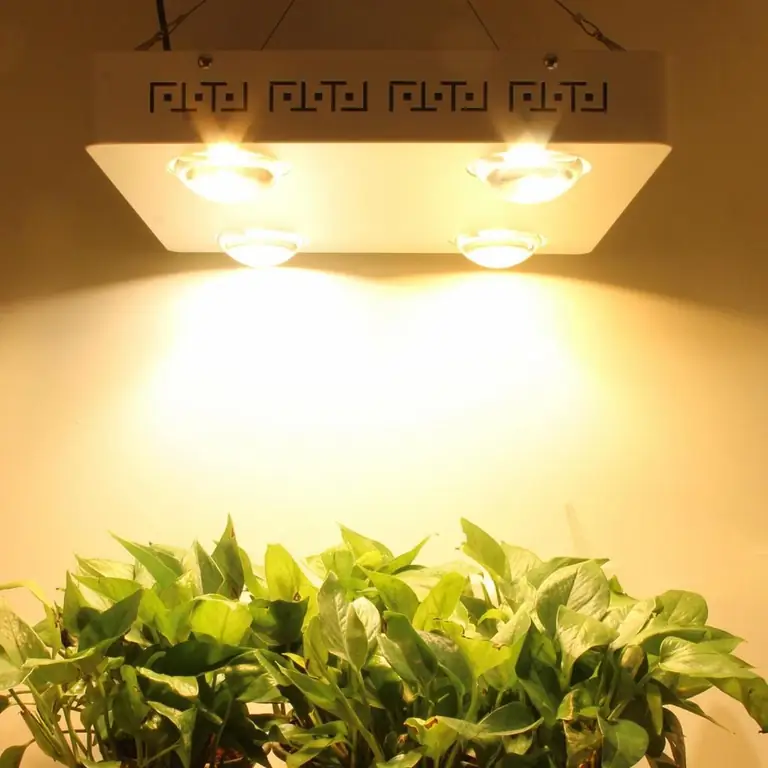
This multi-spectrum light source has a wider application due to the increase in the red range to infrared and yellow light. It is used to illuminate adult plants to improve flowering and fruit ripening. Illumination of plants with LED lamps in apartmentsit is desirable to use for flowers with a dense crown.
Phytolamp with a full spectrum of radiation makes illumination regardless of the type and location. This is a versatile artificial light that emits a wide range with maxima in the red and blue zones. Many do not choose phyto-LEDs due to the high price of quality plant lights and the presence of many fakes.
Usage Tips
Not all plants need additional lighting. And if she is needed, then her own. Before buying equipment, you need to find information about specific plants: is natural lighting suitable in a given region or phytolamps are a must. It is also important to consider what light spectrum the flower needs. But still there are general tips for using lamps to illuminate indoor plants:
- For all flowers in nature, the light is directed naturally - from top to bottom, so artificial lighting should be placed in the same way.
- It is important to pay attention to the distance from the lamp to the foliage. For shade-tolerant species, it should be at least 0.5 meters, for light-loving species it can be reduced to 15 cm, but preferably 25-40.
- It is necessary to place the lamp at a right angle, preferably vertically at the top. If you install it in a corner, then the plants will reach for the light. In the absence of the necessary conditions, after a while they are bent.
Other recommendations
- Illumination is important in winter, with a short daylight hours. for many plants. Accustomed to living in the southern regions, it is requiredextending the day by 4-5 hours with backlight.
- When growing seedlings at home, it is important to consider that when it germinates, it needs round-the-clock lighting for the first 3-4 days. After the end of this period, you can gradually reduce the backlight to 16, and then up to 14 hours per day.
- If lighting is required 1 sq. m. home greenhouse, you need a phytolamp with a power of at least 70 watts.
- If there are no fixtures with the required parameters on sale, a combination of several others is allowed to result in suitable lighting. For example, fluorescent can be added to phytolamps.
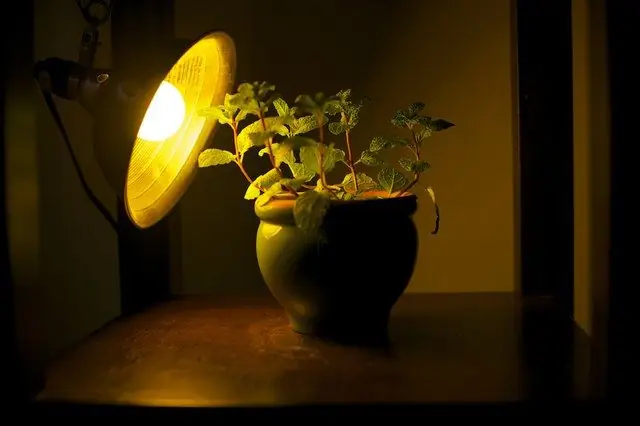
When the device is installed, it is important to control the reaction of plants to the backlight. Too much light is just as bad as too little. It is easy to determine that the lamp needs to be moved away or its intensity reduced if the leaves are drooping and faded, twist, wither and die. In addition, burn gray or brown spots may occur.
Signs of lack of light
There are several signs, thanks to which it will be possible to determine the lack of light. You should carefully examine the flower, comparing it with the standard. For example, find a similar view on the Internet.
Lack of light is manifested in slow growth. The new leaves will be small and the stems will become thin. The lower leaves turn yellow. The lack of illumination is indicated by the absence of flowering or the small size of the buds compared to the norm. going onthis is even with normal watering rates, humidity and air temperature.
Use cases
There are several schemes for applying additional illumination. You will need to monitor the light bulbs - turn them on and off at the right time:
- Phytolamps are allowed to be turned on during daylight hours, if there is little sunlight and an increase in the intensity of lighting is required so that the metabolism of plants proceeds faster.
- When lamps are purchased to increase daylight hours, they are turned on only in the evening or in the morning. And you should turn it off when the natural light is bright or at the end of daylight hours.
- Only sometimes it is allowed to replace natural light with artificial light. The plant regulates the light every day.
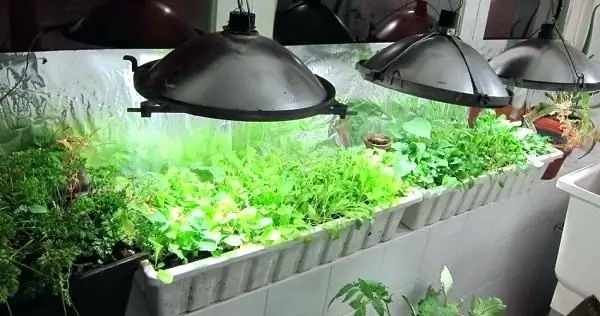
The last option is not often used - this requires control not only of lighting, but also of other climate parameters. If all the tips for choosing light bulbs for plants are followed, then they will develop correctly. Thanks to additional lighting, even the most exotic flowers can be grown at home.






